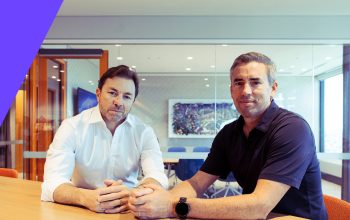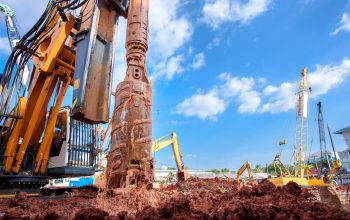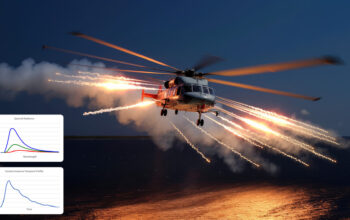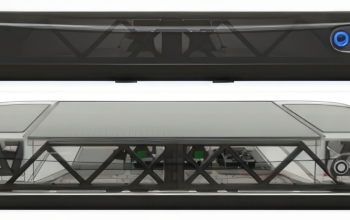Case study IGO
Using deep learning, we worked with miner IGO to revolutionise the minerals exploration process via AI-generated prospectivity heatmaps
Challenge
Our challenge was to develop prospectivity heatmaps from IGO’s minerals exploration data for the Albany Fraser range in Western Australia
Approach
The collaboration between Aurizn's data science team and IGO's minerals exploration experts aimed to improve the mineral exploration process by applying deep learning techniques to a large survey area of over 30,000km². The geospatial datasets used included ground gravity, airborne magnetic, and geochemistry data from over 9,000 drill holes with elemental assays.
The data analytics process involved interpolating geophysics to a 10m grid and converting geochemistry to prospectivity binary labels using provided elemental thresholds and ratios.
The machine learning components included unsupervised clustering of similar geophysics and supervised deep learning models using expert-derived binary prospectivity labels.
The model was trained using geophysics data as inputs and prospectivity as outputs on 80% of drill holes. The model's performance was tested and verified on 20% of drill holes, with qualitative assessment from known prospects and geochemist feedback. Multiple algorithms and visualisations were employed to ensure the model's robustness.
Regular feedback from the exploration team was crucial for geological interpretation, culminating in the delivery of GeoTIFF heatmaps indicating high prospectivity regions for IGO's drilling efforts. The heatmap provided a colour scale covering full confidence range (0-1) and a narrowed confidence range (e.g., 0.5-1) to highlight only the more likely prospective areas.
This machine learning pipeline has been established for the next survey area, streamlining the process for other greenfields and brownfields exploration.
Outcome
The development of this simple tool provides numerous benefits for mineral exploration, including:
Drilling targets - By identifying high prospectivity regions, the tool avoids pattern drilling effort and cost.
Increased speed and likelihood of finding an ore body - By leveraging machine learning, the tool accelerates the exploration process and enhances the probability of discovering ore bodies.
Rapid ROI potential - The small investment in AI is much less than 1% of the cost to collect and analyse data, while one discovery can pay back thousands of times over.
The multi-dimensional spatial data can be summarised in one heatmap, allowing both technical and non-technical audiences to easily interpret the results.
This innovative approach resulted in Aurizn (as Consilium Technology) being awarded the 2020 Energy & Mining Premier's Award in the Engineering Technology Services (ETS) sector (Innovation & Collaboration category) for our work in Minerals Exploration with Artificial Intelligence.
Case Studies
We have a strong reputation for taking on complex challenges. Find out more about the ground breaking work and projects we’ve undertaken.
- All
- Defence
- General
- News
- Press Releases
- Enterprise











